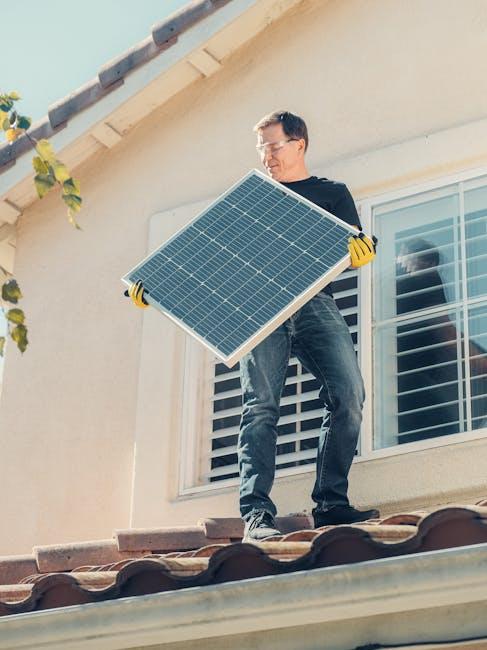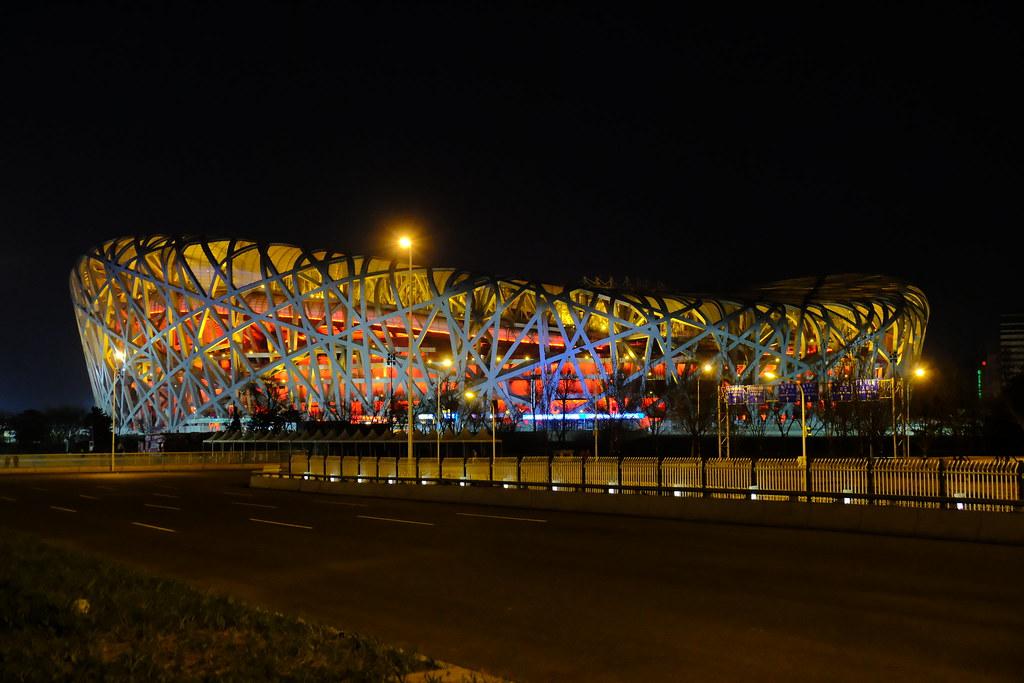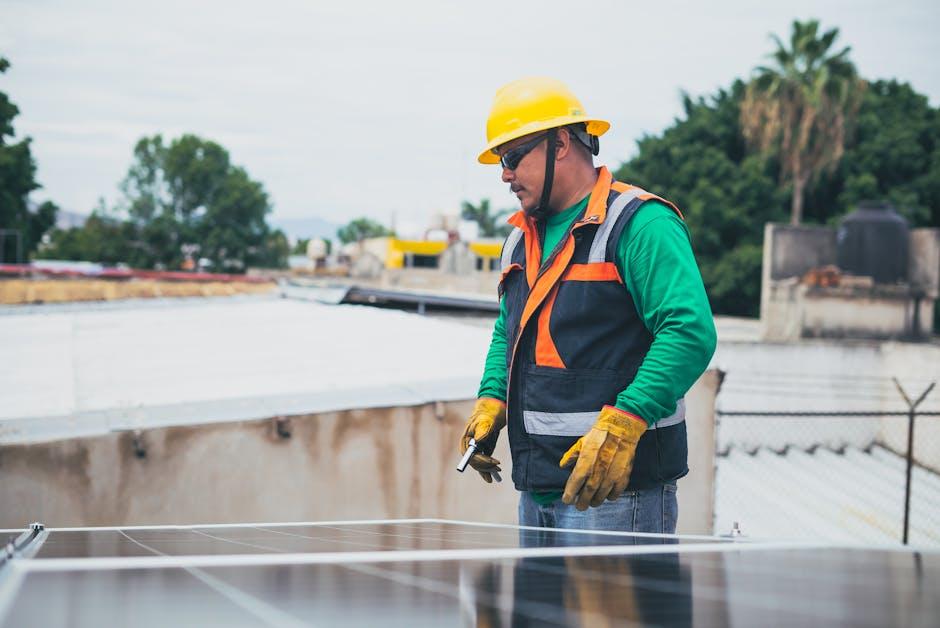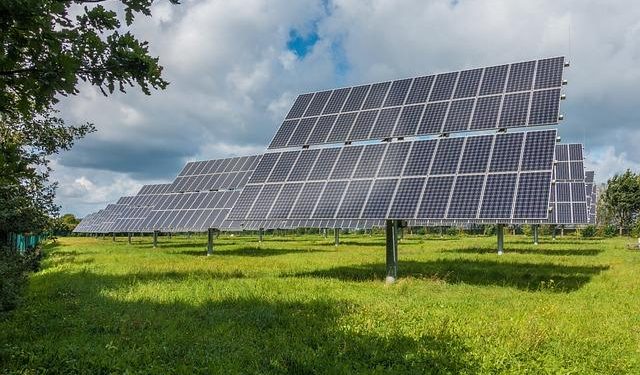In an era where the sun powers not just our mornings but also our homes, the allure of solar energy is undeniable. With its promise of sustainable living and reduced electricity bills, solar technology has increasingly found its way onto rooftops around the world. Yet, beneath the shining panels lies a less-discussed aspect of this green revolution: the maintenance costs. Like any other investment, solar systems require care and attention to function optimally over time. This article delves into the often-overlooked realm of solar maintenance, exploring how these costs can influence your financial planning and what homeowners can do to ensure their solar savings aren’t eclipsed by unexpected expenses. Whether you’re a seasoned solar enthusiast or considering your first installation, understanding the intricacies of solar maintenance is key to harnessing the true potential of this renewable resource.
Understanding the True Cost of Solar Panel Maintenance
When it comes to solar panels, the initial investment often overshadows the ongoing expenses that come with keeping your system in top shape. Understanding these costs is crucial for accurately assessing the long-term financial impact of solar energy. While solar panels are generally low-maintenance, periodic cleaning and inspections are essential to maintain their efficiency. Routine maintenance usually involves cleaning the panels to remove dust, debris, and bird droppings, which can accumulate and reduce their energy output. Inspections might be required to ensure the wiring and inverters are functioning properly, as any issues here can lead to costly repairs if left unchecked.
Key considerations when budgeting for solar maintenance include:
- Cleaning Costs: Depending on the size and accessibility of your installation, professional cleaning services can vary significantly in price.
- Inspection Fees: Regular inspections by certified technicians can prevent minor issues from escalating into expensive repairs.
- Repairs and Replacements: While solar panels are durable, components like inverters have shorter lifespans and may need replacement before the panels themselves.
By factoring these potential costs into your budget, you can enjoy the benefits of solar energy without any unexpected financial surprises.
Key Factors Influencing Maintenance Expenses
- System Size and Complexity: Larger solar systems or those with intricate designs tend to require more frequent maintenance, as they have more components that can potentially need servicing. Complex setups may also demand specialized expertise, increasing labor costs.
- Geographic Location: The environment plays a pivotal role in maintenance expenses. Systems located in areas with high pollution, dust, or frequent storms may need more regular cleaning and inspections to ensure optimal performance.
- Quality of Installation: A professionally installed system with high-quality components typically incurs lower maintenance costs over time. Poor installation might lead to issues such as loose wiring or inefficient panel alignment, necessitating costly repairs.
- Warranty Coverage: Systems with comprehensive warranties often include certain maintenance services, reducing out-of-pocket expenses. Understanding the extent of your warranty can help in budgeting for potential repairs.
- Technological Advancements: As technology evolves, newer systems might offer self-cleaning panels or enhanced diagnostic tools, minimizing the need for traditional maintenance and reducing associated costs.
Practical Tips to Minimize Solar Maintenance Costs
Keeping solar maintenance costs in check is essential for maximizing the return on your solar investment. Here are some practical tips to help you achieve this:
- Regular Inspections: Conduct periodic checks to identify potential issues before they escalate. This proactive approach can prevent costly repairs.
- Self-Cleaning Systems: Invest in self-cleaning technologies or hire professionals for routine cleaning to maintain optimal panel efficiency.
- Smart Monitoring: Utilize smart monitoring systems to track performance and receive alerts for any anomalies, allowing for quick troubleshooting.
- DIY Maintenance: Handle minor maintenance tasks like clearing debris and trimming nearby foliage to save on service fees.
By integrating these strategies, you can effectively reduce the frequency and cost of professional maintenance services, ensuring that your solar system remains efficient and budget-friendly.

Balancing Long-Term Savings with Upfront Investment
When considering the financial implications of investing in solar energy, it’s essential to weigh the immediate costs against the long-term savings. Solar panel installation typically requires a substantial upfront investment. However, this investment can be offset by the reduction in energy bills over time. Balancing these two aspects is crucial for maintaining a healthy budget.
- Initial Costs: Installation, permits, and potential upgrades to your electrical system.
- Maintenance Expenses: While solar panels are generally low maintenance, occasional cleaning, inspections, and repairs can add to your costs.
- Long-Term Savings: Reduced utility bills and potential government incentives can significantly ease the financial burden over the years.
Adopting a strategic approach can help you achieve this balance. For instance, setting aside a portion of your savings to cover maintenance costs ensures you’re not caught off guard by unexpected expenses. Additionally, monitoring the performance of your solar panels can help identify issues early, potentially saving you from costly repairs. By carefully considering both sides of the financial equation, you can enjoy the benefits of solar energy without straining your budget.
To Conclude
As the sun sets on our exploration of solar maintenance costs and their impact on your budget, it’s clear that while the promise of solar energy is bright, the journey requires thoughtful navigation. Understanding the nuances of upkeep, from routine inspections to unexpected repairs, can illuminate potential shadows on your financial horizon. By equipping yourself with knowledge and foresight, you empower your investment to not only harness the sun’s power but also shine with enduring efficiency and cost-effectiveness. As you continue your solar adventure, remember that every beam of understanding you gather today will illuminate the path to a sustainable and economically sound tomorrow.

































